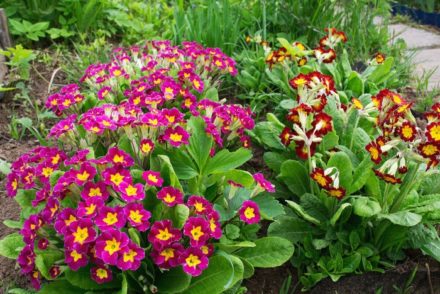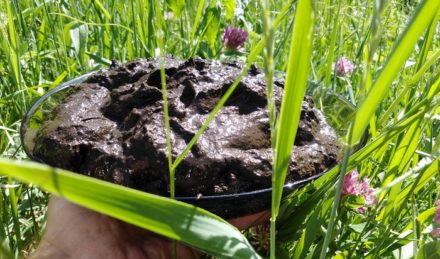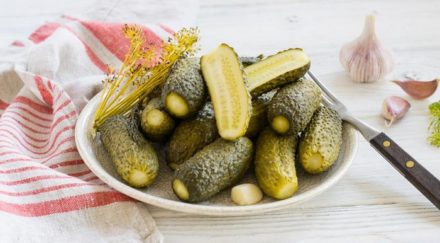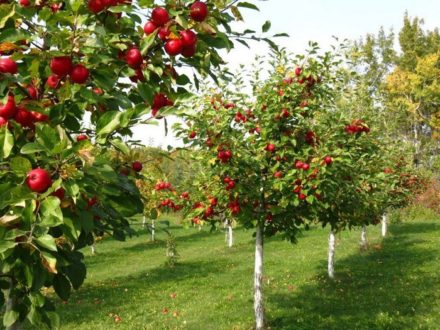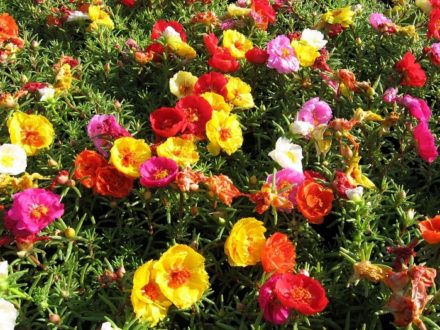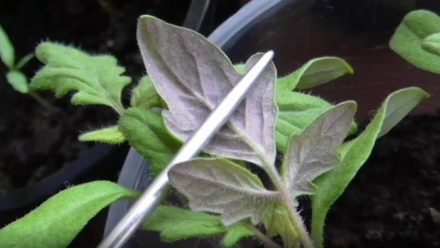The algorithm for growing seedlings at home is the same for most crops. Summer residents go through the same path when cultivating melon. But it is difficult to get healthy and strong seedlings without knowing all the tricks of sowing, although there are not so many of them.

Sowing dates
Seedlings are planted in open ground at the age of 25-30 days. You should not sow seeds in advance, because if the seedlings outgrow, the result will be disastrous. Transferring seedlings to a greenhouse or open ground, for example, when the soil warms up and the return of frost is impossible. In some regions, the soil readiness dates differ. Therefore, in order not to make a mistake with the date of sowing for seedlings, the climatic conditions of the region are taken into account.
Sowing for seedlings by region:
- Since in the south of the Russian Federation, seedlings are transferred to the ground at the end of April, sowing occurs at the end of March or the beginning of April.
- In the Urals and Siberia, they are planted in the ground in June, so the first days of May are suitable for sowing.
- In the Central Belt (Moscow Region), planting seedlings in the ground is the end of May - beginning of June, which means sowing seeds in late April - early May.
The day for sowing is chosen according to these recommendations. And, of course, the lunar calendar comes to the aid of gardeners, where favorable and unfavorable days for sowing are determined.
Seed preparation
Purchased seeds do not need preparation and are sown dry.If the seeds were collected independently, then the period of use of such material is 2–3 years.
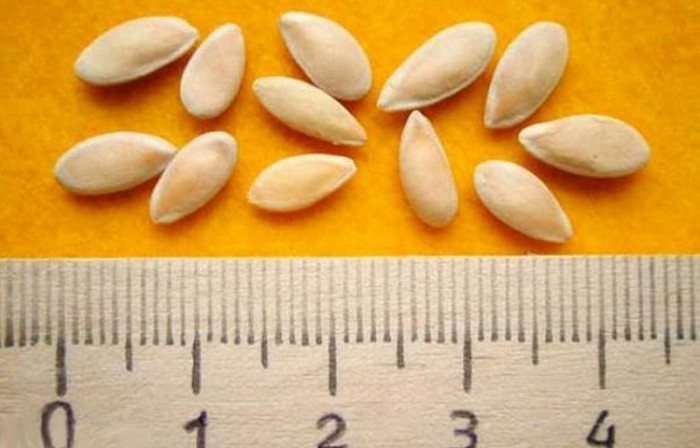
Calibration
This procedure will allow you to reject unsuitable seeds. Dissolve 3–5 g of salt in 100 ml of water. Empty ones float, but material suitable for sowing remains at the bottom.
Disinfection
A solution of manganese is used, prepared from 10 g of the substance and a liter of water, where the melon seeds are kept for 20–25 minutes. Or baking soda containing 2 g and 200 ml of water. Soak for 10–12 hours.
Hardening
This is an effective pre-planting procedure. Particularly important for cold areas. It is carried out after pre-sowing procedures.
Hardening options:
- The seeds are kept for 9 hours either on clean snow or on a melted ice surface.
- First, the planting material, wrapped in gauze, is kept in the refrigerator for half a day. Then the same amount in warmth. The procedure is repeated for 3–4 days.
This is how the seeds are prepared for temperature changes. Then they begin germination.
Soaking and germination
First, melon seeds are soaked in a growth stimulant (Epin, Zircon) or a solution of wood ash (prepared from 5 g of the substance per glass of water). Soaking takes 10 to 12 hours.
Then they are wrapped in a moistened gauze napkin, wrapped in a plastic bag and placed in a closed container. Having chosen a place in the apartment where the temperature is maintained at 22–28 °C, transfer the container there. After a week, the seeds will hatch. At temperatures above 28 °C the process will end earlier.
Sometimes wet sand or wet sawdust is used instead of a growth stimulator for germination.
Sowing container
It is advisable for novice melon growers to know about one more wisdom in growing seedlings, which is associated with the fragility and weakness of the melon root system. This is the absence of common packaging. Each seed is planted in an individual container with a diameter of at least 8–10 cm and a height of 10–12 cm. Otherwise, picking and transplanting will be complicated.
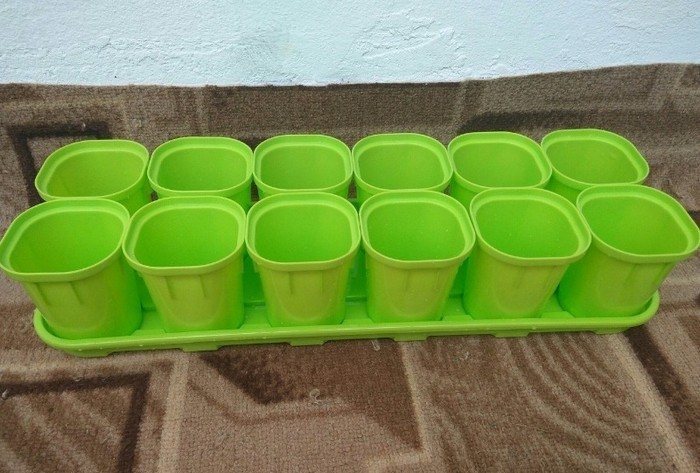
Possible containers are 500 ml plastic glasses with a drainage hole or layer. Or cut-off liter plastic bottles, cardboard packaging for milk, kefir, juice.
Soil and sowing
Melons prefer sandy soil, so soil preparation recipes contain sand.
Options:
- Humus, sand - 1 part each, garden soil - 2 parts.
- Turf soil - 1 part, humus - 3 parts, sand - 2 parts.
Gardeners recommend adding wood ash (2 tbsp) to the mixture if desired. Store-bought pumpkin soil gives good results.
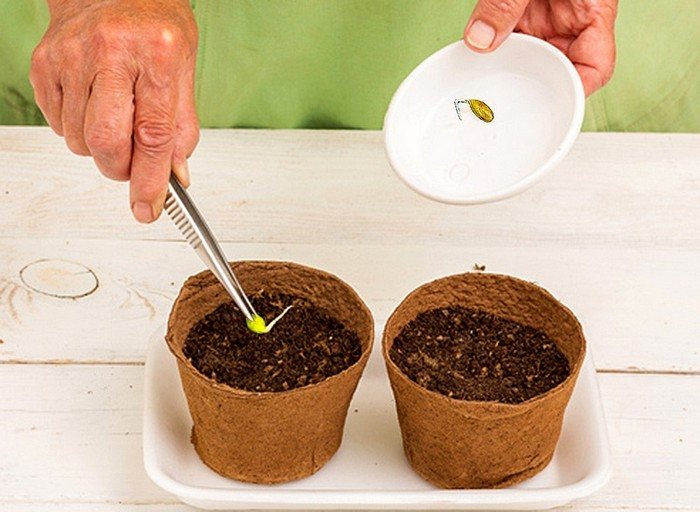
Instructions for sowing seedlings:
- The containers are filled with soil to 3/5 or 2/5 volume, the remaining space is useful for watering or adding soil.
- Planting holes 2–4 cm deep are made in each container.
- The soil is slightly moistened.
- Seeds are placed in the holes.
- Sprinkle with a 1–2 cm layer of sand.
- Watered.
Each container is covered with plastic wrap and sent to a corner where the temperature is maintained at 22–28 °C.
Care
Post-sowing maintenance is practically no different from caring for seedlings of other crops, but some wisdom needs to be paid attention to.
Temperature and light
After 5-10 days, shoots will appear.Immediately remove the film and transfer the seedlings to a cooler place for a week. Suitable temperature is 16–20 °C. Then the location of the container is changed again. The seedlings are sent to a warm place, where the daytime temperature is 22–26 °C, and the night temperature is 16–20 °C.

In order for seedlings to grow to their full height, a 12-hour daylight period is required. With a lack of sun, melon seedlings will stretch out. When growing in an apartment, southern window sills are chosen for pots, but if this is not possible and there is not enough natural light, phytolamps or other lamps are used.
Melon seedlings do not like it when the pots are crowded together, and the bushes shade each other or grow with one side facing the sun. Therefore, the owner’s task is to regulate the light balance.
Watering
There is no schedule for watering sprouts. The procedure is carried out as the soil dries with settled water at room temperature.
Top dressing
When using fertile soil for sowing, fertilizing is not carried out. But experienced vegetable growers advise feeding the seedlings twice to stimulate growth.
According to the recommendations, the first time is fed with an infusion of herbs or yeast. At this moment, single leaves are required on the sprouts. When the second leaf appears, fertilize with potassium fertilizers.
When the lower leaves turn yellow, nitrogen fertilizers are recommended. And when the ends of the foliage die off, apply potassium fertilizers.

That's all the wisdom of getting healthy and powerful seedlings. It’s worth going through this fascinating path at least once, observing the rules and subtleties, and in return for your efforts to get a decent result, the melon on the site will always be a priority.



